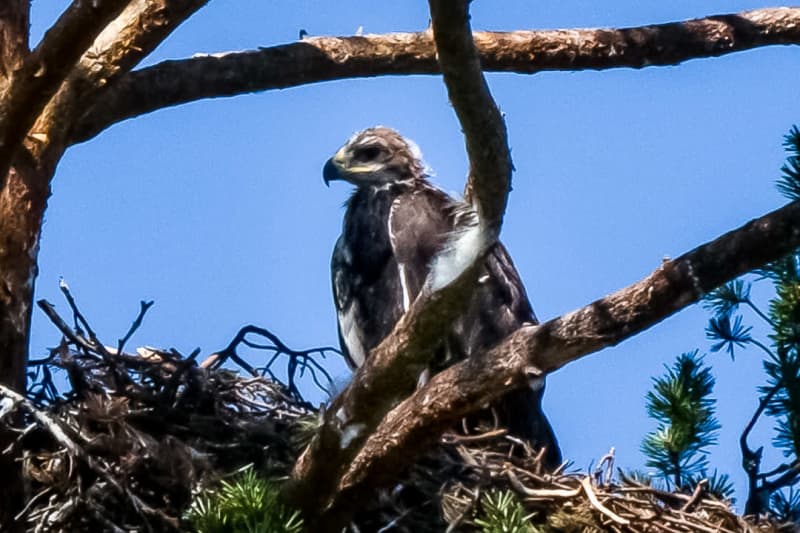Of the Ostrobothnian regions, Ostrobothnia has the lowest number of ground eagles – South Ostrobothnia and Central Ostrobothnia have clearly more nests

Metsähallitus will pay a reward of €100 for finding an eagle’s nest. There is only one known territory of a golden eagle in Ostrobothnia, while there are as many as 17 in South Ostrobothnia.
Metsähallitus will pay a €100 reward for finding a nest of a golden eagle that was previously unknown to it.
The aim is to encourage people in the area to report nests so that they can be protected.
– There is no way to protect a nest that is not known. Only when we have the nest on the map can we consider how the surrounding land use fits in with the nest and the territory.
Most commonly, the eagle breeds in the old forest, which offers large pines. In particular, the protected areas offer good nesting places for the eagle.
\”However, some prefer a felling opening leaving tree or a small swamp island in the middle of the open swamp,\” Siivonen says.
Before going near the nest, it is important to check if the nest is underway. If the nesting is underway, there is no case near the nest, as it may interfere with the bird.
Nest finding is part of conservation work
In Ostrobothnia, land eagles have remained unchanged in recent years.
The most known land eagle wool, 17, is in Southern Ostrobothnia. There are 15 territories in Central Ostrobothnia and only one in Ostrobothnia, as the settlement in the province is denser than in other Ostrobothnia.
Metsähallitus receives dozens of nest annually from the forest. Most of them have also been found to be a nest in the eagle or the sea eagle as a result of the field inspection.
Since 2012, the discovery fee has been paid for a total of about 230 reported Eagle Eagles.
– Nesting bonging does not really increase the position, but helps the nests become covered by lobbying. This ensures that the situation does not nest in the worse, says Stefan Siivonen.
In addition to the foresters in the forest, Metsähallitus’ staff and volunteers are also looking for Kotka nests. They find dozens of new nests every year.
